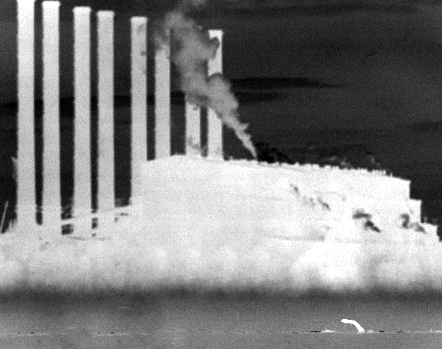Big backing for CCS box
 A local carbon capture and storage company has received some serious backing to rollout its technology.
A local carbon capture and storage company has received some serious backing to rollout its technology.
Australian company AspiraDAC is developing a solar-powered and tent-sized prototype machine that can suck CO2 out of the air.
The machine contains a sponge-like material developed at the University of Sydney that catches CO2 molecules as air passes through it.
Fans are used to draw air into canisters that contain the sponges, which are then heated to extract pure CO2 that can be pumped and stored underground. It is just one method for a style of carbon-harvesting called Direct Air Capture (DAC).
Major corporations including the owners of Facebook and Google recently launched a venture called Frontier to support projects that pull CO2 from the air and then store it.
In the first major purchase under the venture, US$2.4 million (AU$3.5 million) has been announced for six direct air capture projects around the world, including AspiraDAC.
AspiraDAC executive director Julian Turecek says the funding will pay for up to 180 modules to be built, covering an area of less than half a hectare. Each module can capture two tonnes of CO2 a year.
Details of the location or the geological storage for the site are unclear, but the company says it is looking at depleted oil and gas reservoirs at Moomba, in South Australia, as one possibility.
“We really think this is a launch moment for direct air capture in Australia,” Mr Turecek said.
“This is the start of what could be a significant industry.
“Australia's abundant solar energy potential means it is a perfect location for DAC, and with the use of solar-powered modules the facility can operate independently of traditional energy sources.
“Additionally, the compact nature of DAC facilities means production can capture equivalent CO2 emissions using less than 90 per cent of the land needed in reforestation carbon capture projects.
“It is not without challenges, DAC technology is in its nascent stages, and agreements with customers such as the Frontier group will catalyse further development of the sector.
“This will increase our ability to bring down the costs per tonne of carbon to a competitive level to take removal to a megatonne scale within the next decade, and gigatonne scale the decade following,” Mr Turecek said.








 Print
Print